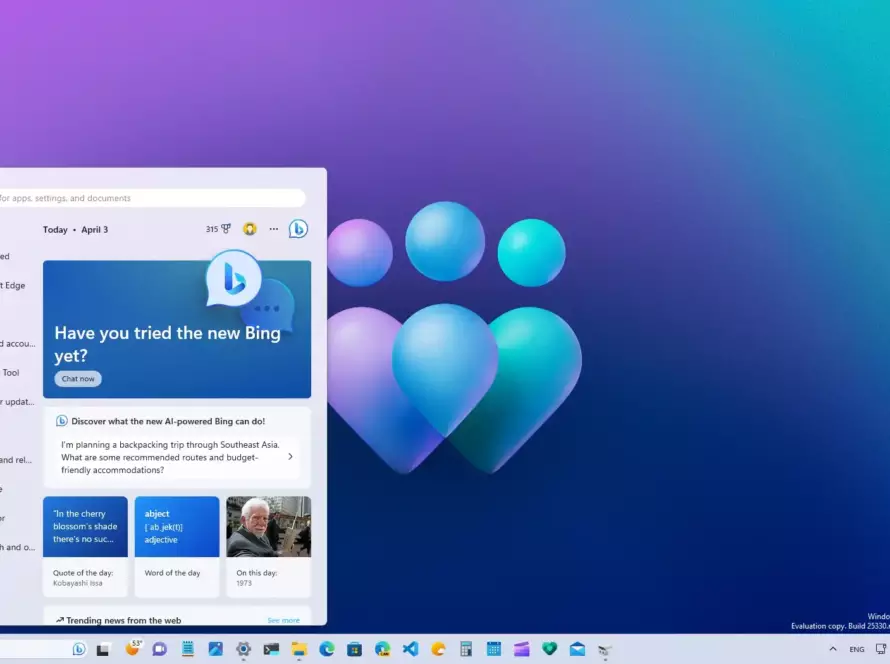Everything You Need to Know
Introduction:
In the ever-evolving landscape of cybersecurity, staying ahead of potential threats is crucial. Kaspersky, a renowned cybersecurity company, has recently introduced their new Thin Client solution along with their innovative Kaspersky OS. These advancements offer enhanced security features and protection for businesses and individuals alike. In this blog post, we will explore the key features, benefits, and important aspects to consider about the new Kaspersky Thin Client and Kaspersky OS.
1. Understanding Kaspersky Thin Client:
Kaspersky Thin Client is a lightweight and secure endpoint solution that enables remote access to virtual desktops and applications. It operates on a client-server model, allowing users to access their virtual workspace securely from any device. Key features of Kaspersky
Thin Client include:
- Enhanced security protocols: Kaspersky Thin Client employs robust security measures to protect against malware, unauthorized access, and data breaches.
- Simplified management: Centralized management console allows administrators to control user access, enforce security policies, and manage software updates efficiently.
- Streamlined performance: The lightweight nature of the Thin Client ensures optimal performance, even on low-end devices, by offloading most processes to the server.
2. Exploring Kaspersky OS:
Kaspersky OS is a secure operating system developed by Kaspersky Lab. It is designed to provide maximum protection against cyber threats and is especially suitable for embedded systems and IoT devices.
Key aspects of Kaspersky OS include:
- Security by design: Kaspersky OS is built from scratch with security as its primary focus. It follows strict security guidelines and utilizes a micro-kernel architecture that isolates critical components, minimizing the attack surface.
- Trusted environment: The OS offers a trusted environment for running critical applications, making it ideal for industries where data integrity and system reliability are paramount.
- Robust protection: Kaspersky OS integrates advanced security features such as system call interception, memory protection, and control flow integrity to prevent and detect potential vulnerabilities and attacks.
3. Benefits of Kaspersky Thin Client and Kaspersky OS:
- Enhanced security: Both solutions provide advanced security features that protect against malware, unauthorized access, and data breaches, reducing the risk of cyber threats.
- Simplified management: Kaspersky Thin Client’s centralized management console and Kaspersky OS’s streamlined architecture allow for easy administration, reducing the complexity of maintaining a secure environment.
- Improved performance: The lightweight nature of Kaspersky Thin Client ensures smooth performance, while Kaspersky OS’s optimized design contributes to efficient resource utilization.
4. Considerations for Implementation:
- Compatibility: Ensure that your existing infrastructure and devices are compatible with Kaspersky Thin Client and Kaspersky OS, or plan for necessary upgrades.
- Training and support: Familiarize yourself with the implementation process and consider training for administrators and end-users to maximize the benefits of these solutions.
- Scalability: Assess the scalability requirements of your organization and evaluate how Kaspersky Thin Client and Kaspersky OS can accommodate your future growth.
Conclusion:
The introduction of the new Kaspersky Thin Client and Kaspersky OS brings advanced security features, simplified management, and improved performance to businesses and individuals. By leveraging these solutions, organizations can strengthen their cybersecurity posture, protect sensitive data, and mitigate potential threats. Consider implementing Kaspersky Thin Client and Kaspersky OS to enhance the security and efficiency of your digital ecosystem. Stay one step ahead in the ever-evolving world of cybersecurity with Kaspersky’s innovative solutions.




